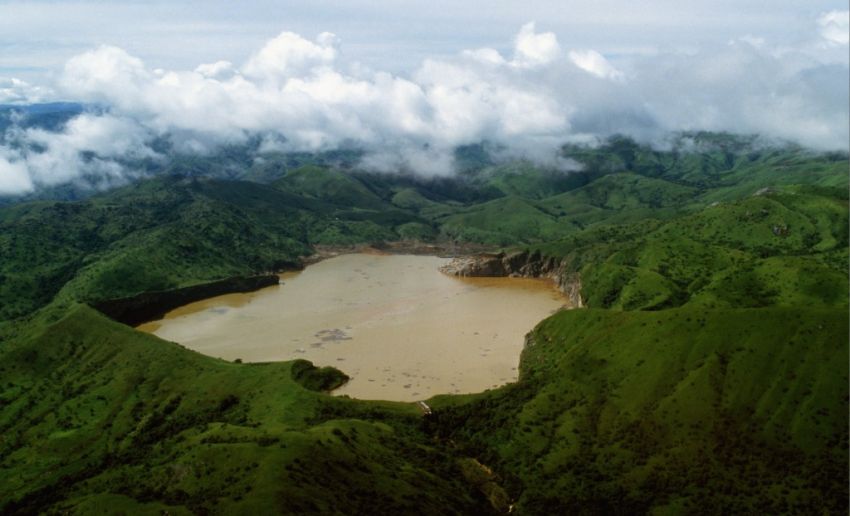Loading…
The bloody tragedy caused by Lake Nyos on August 21, 1986 could be repeated in other lakes in Cameroon. Photo / IST
Cameroon is known for having a sad story about a lake that exploded and killed thousands of Cameroonians. The very accident occurred on August 21, 1986 when the surface of Lake Nyos exploded. At that time 1,700 people and 3,500 animals died.
Mentioned IFL Science, surface eruption Nyos Lake it was propelled by waves of lethal gas which, having come out of the Earth’s mantle, had been accumulating for hundreds of years on the bottom of the lakes. The explosion in the lake released 1.24 million tons of carbon dioxide (CO2). The poisonous gas then spread to the area around Lake Nyos and instantly killed thousands of people and animals.
Henry Ngenyam Bang, a researcher at Bournemouth University, said that before the explosion of Lake Nyos, the same event also occurred in Lake Kuk, also in Cameroon. It’s just that the causality caused by Lake Kuk isn’t that great.
Read also: This charming Chinese SUV is ready to take on Toyota Fortuner and Pajero Sport
It’s just that it actually raises the fact that Cameroon is surrounded by volcanic lakes that are ready to explode. “13 of the 43 existing volcanic lakes are weapons ready to explode at any moment,” said Henry Ngenyam Bang.
To prevent further loss of life, Bang’s recommendation is to retest the lakes in the region with an initial inspection of most of the water bodies in the Cameroonian Volcanic Trail more than three decades ago.
Read also: Palestinian farmers find ancient and rare treasures in Gaza
According to him, indicators such as thermal profile, dissolved gas concentration, surface area, water volume and depth can be used to assess whether lakes store large amounts of CO2 deposits. He said the test was really a big challenge. It’s just that it still needs to be done to prepare for and prevent future lake explosions.
Another method he says is to place CO2 detectors near troubling lakes like Kuk and Nyos. The instrument will later be able to detect the changing conditions in the lake. The device will be equipped with an alarm to warn people living nearby to go to higher ground where heavy CO2 struggles to reach.
“If the authorities are not proactive, the Lake Nyos disaster scenario could repeat itself in which thousands of people and livestock are suddenly killed.”
(wsb)
–


